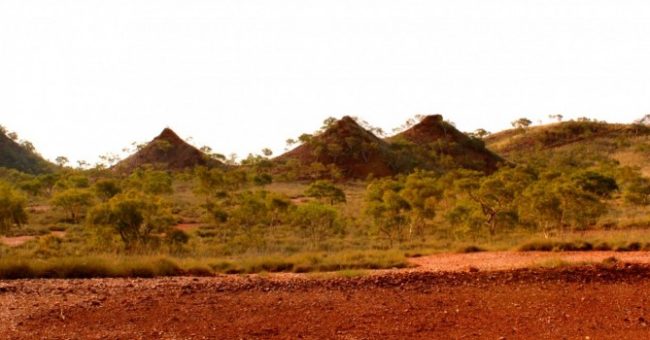Demographics
Area: Approximately 323,514 km² Population: Total estimated resident population of the Barkly region is 8,137*
The Barkly Regional Council is the second largest local government area in Australia, an area which is 42 per cent larger than Victoria.
Victoria is considered the second most populous Australian state with a density of 2,431 people per 100 square kilometres compared to the Barkly region which contains two people in the same area.
Centred around the junction of two great highways, the Stuart and Barkly Highways, the region stretches from the old Telegraph Station at Barrow Creek in the south to the historical droving township of Newcastle Waters in the north, and 620km east to the Queensland border. The largest town in the region is Tennant Creek, approximately 1000km south of Darwin and 500km north of Alice Springs.
The resident population of the Barkly region is estimated at 8,137 which includes a population in Tennant Creek of 3,560, the largest concentration of residents. Tennant Creek also includes the urban living areas of Kargaru, Tingkarli, Wuppa, Marla Marla, Village Camp, Munji-Marla, Ngalpa Ngalpa (Mulga). The next largest urban area is the town of Elliott and its surrounding district and the major communities and outstations of Ampilatwatja, Urapuntja, Alpurrurulam, Ali Curung, Canteen Creek and Wutunugurra (Epenarra). In addition to these major populations, the region also consists of approximately eight minor communities, the largest of which include Tara and Mungkarta, 70 family outstations, 49 pastoral stations, mining operations and commercial properties.
The level of cooperation between people in the various communities and towns within the Barkly region varies across programs and relies on the trust and understanding of communities and key individuals. The council's community coordinators and their staff are supported by program managers and head office staff and are critical to the success and achievements of the Barkly Regional Council.
The work of the council is carried out in a cross-cultural atmosphere that can represent a major challenge to achieve a shared vision. Acceptance and achievement of this vision will take time, especially on remote communities where it is imperative the needs of those communities and residents are correctly identified and met. The large size of the council and the differing priorities of the various stakeholders create challenges that need to be addressed. Additionally identified objectives and priorities can be included as the strategy is developed, implemented, reviewed and assessed over time.
*(ABS – Northern Territory at a Glance 2011)

